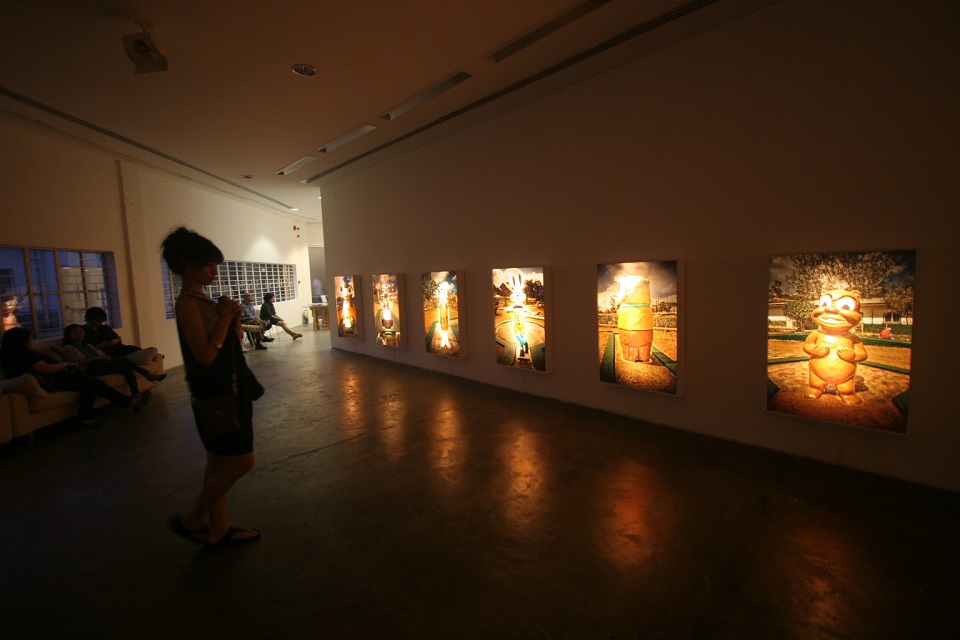Art review: Maytime playtime: Kidlat de Guia’s woven art
Drop in on Galeria Duemila in its quiet tree-lined corner on Loring St., Pasay one of these days till the end of May. Past a budding sampaguita bush and overripe duhat fallen on the grass, close to the ivied walls, is the art gallery, inside which is “Woven into Being,” Kidlat de Guia’s third solo show.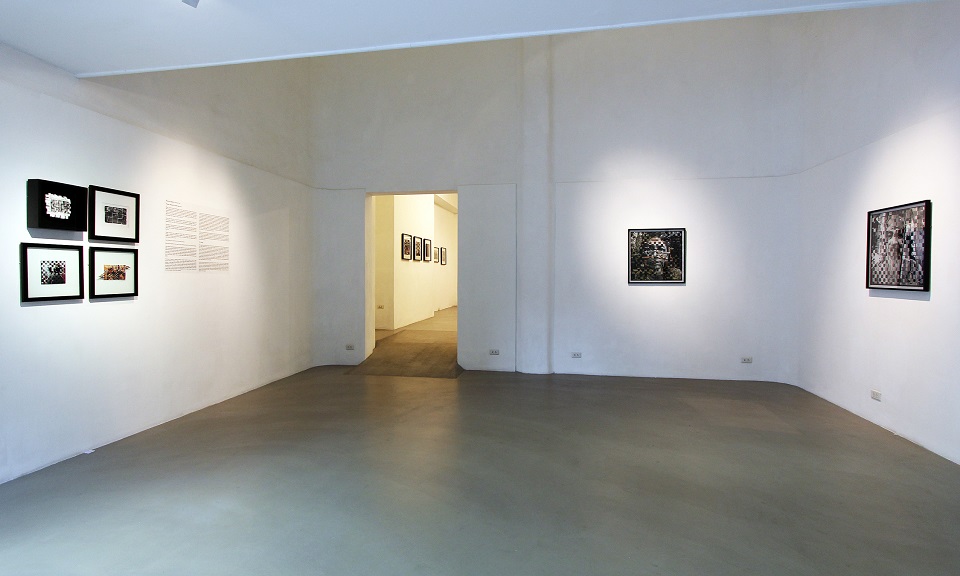
If you’re lucky, you may find him there, ready to chat about his new invention hanging on the walls—modern photography blended with the ancient art of weaving. Artist that he is, the photos Kidlat chose to “weave” are memories recycled into this unlikely new art form.
Selected from hundreds of images, many taken by a boy at play with his first camera, now a young adult professional photographer, these photos combine personal and historical memories “woven” to catch Life streaming to wider rivers of meaning flowing out to the open sea.
Memories have always been the stuff of art, but how in heaven’s name did Kidlat think of literally weaving them into new objets d’art? Iconoclast at play, that’s what. Some outstanding examples of the 19th century art of photography have attained the status of classical painting. This tradition proved irresistible to the inventive Kidlat, who could have been a painter “if only I could paint.”
“One thing I’ve always wanted to do was portray what goes on inside my mind, to capture the way ideas, people and events connect, moving on conveyor belts inside my mind,” he says.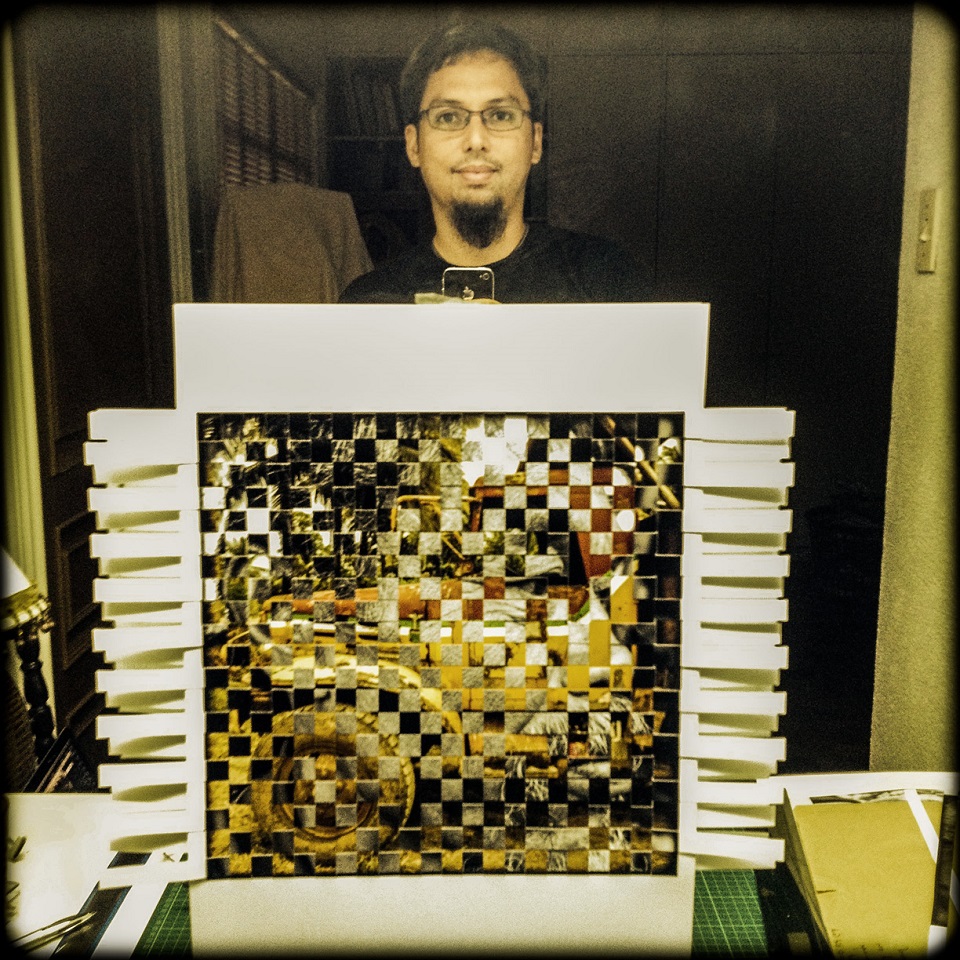
And what better way to capture this than with photography? But to literally weave photos together like geometric tapestries, dominated by the black-and-white tile like look of certain Magritte and Vermeer paintings—ah, that’s Kidlat’s touch, redounding to new ways of seeing old memories.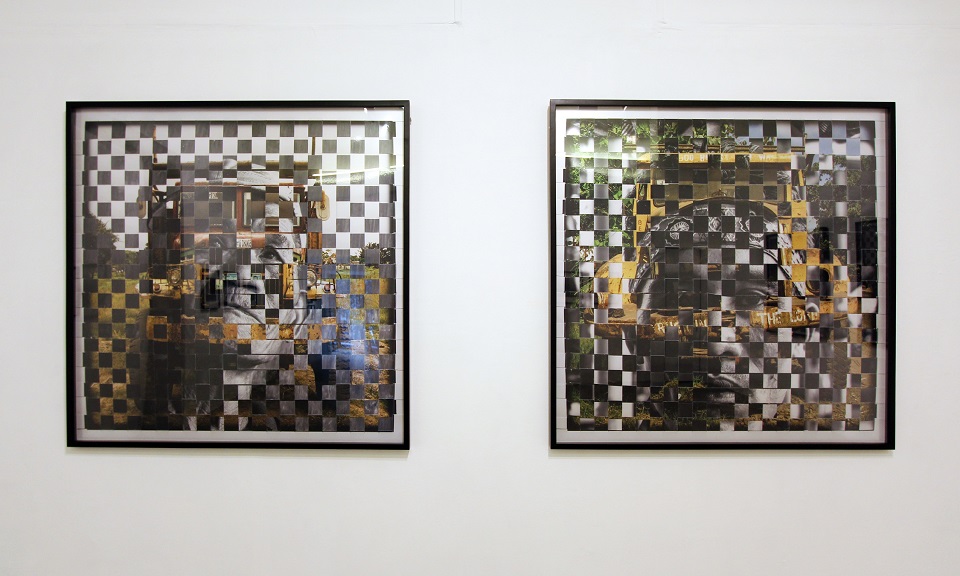
The weaver’s loom ubiquitous in his father’s native Baguio—an ancient archetype of making a new whole from separate threads— became an organizing principle, the perfect metaphor. His darkroom became his loom, processing countless rolls of film, trying out different “looks” of photo paper to be cut into strips as threads for weaving.
The playful child, father of the man, peeks behind his first weaving experiment with a tiny black-and- white, now graying photo of artist Robert Villanueva’s cluttered desk in Baguio. He snapped this shot at the very moment this beloved artist many considered a shaman breathed his last, ending a long vigil by grieving arts comrades outside his sick room.
“Roberto”, the “woven photo” torn into strips and then woven and pasted together with small spaces in between, speaks of the passing of time and the togetherness of love in the spaces separating then and now.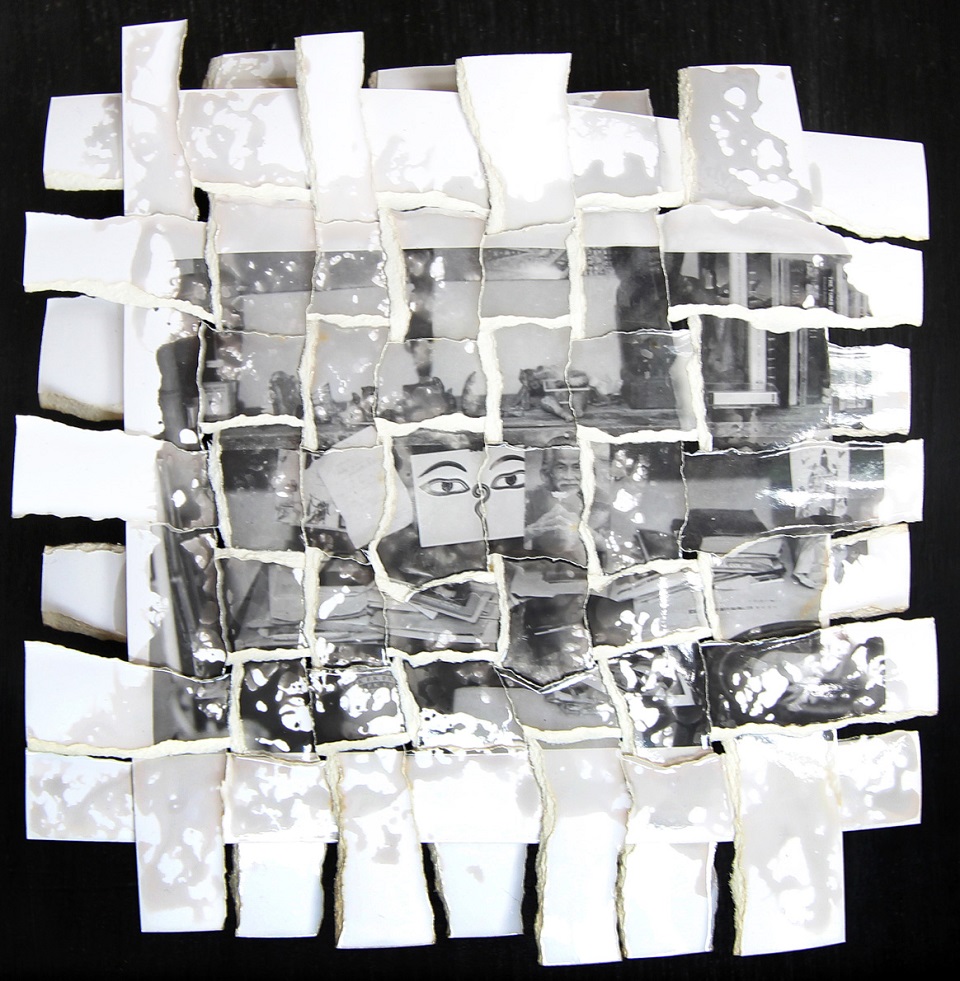
Another youthful memory recaptured is “Paris”, the next early experiment: a photo of Jim Morrison’s grave in the Pere Lachaise cemetery.
Born in 1975, Kidlat took to that troubled American troubadour’s sung poem to youth adrift, “Riders on the Storm”—“like a dog without a bone, an actor out alone, riders on the storm.” His younger brother Kawayan was a Doors fanatic. Not Kidlat. He preferred “Riders”’ “slow build-up” to the wild “Light My Fire,” driving youth-filled Doors concerts to hysteria the world over.
With such “involved detachment” did Kidlat move to more experiments with what was striking him more and more as the metaphysical qualities of old photographs, as chemicals faded with their memories.
One memory is indelible—how his father nurtured his talent and that of his two brothers. “Tatay Eric let Kawayan, Kabunyan and me play with his camera equipment,” a Rolleiflex for stills and a Bolex for moving film, both top of the line. “Most parents don’t allow their children to touch expensive things like cameras,” notes Kidlat. Not Tatay Eric, whose cameras became “the toys and tools that let us discover our own images, eventually leading us to find our individual ways of seeing the world.”
Soon all three brothers were exhibiting collages, sculptures, mosaics and installations with both their parents, filmmaker Eric a.k.a. Kidlat Tahimik and Katrin Muller-de Guia, a painter and stained glass artist from Munich now with a literal master’s degree in Sikolohiyang Pilipino.
As to Kidlat, a long detour of self-discovery preceded homing into his calling. First it was dreaming of becoming an applied physicist at the Philippine Science High School lab for young geniuses, then it was BS Biology in UP Baguio, and finally a Broadcast Communications degree in UP Diliman after seven meandering years.
Next earning a living as traveling photographer and video editor fed his art with more and more life. With the eminent good sense of a family playing together as matrix, he slowly wove his being as artist, camera slung on his shoulder.
A high point for his visual intelligence came when his Baguio childhood friend Padmapani Perez invited him to edit what turned out to be a breathtaking documentary on the Himalayas, with the meditative yet deeply engaged quality of her ilk that she scripted, directed by another young Baguio artist, Ferdie Balanag. Kidlat not only edited the film but gave it its title, “Walking the Waking Journey,” a rare and delightful chance to do a world-class film in his mid-30s.
Meanwhile, his regular occupation—photo assignments to places of concern to the NGO community —was exposing him to a rich range of social concerns, from “capacity-building with knowledge transfer” to good governance to disaster rehab, all feeding his leaning to “reality, not fiction.”
Every so often, his artist’s cup ran over, flowing to group shows, soon enough going solo. His first solo show, SLICE, in the “happening” Silverlens Gallery was a meditation on his favored Baguio childhood haunt—the abandoned mini golf course on Scout Hill, decaying a few years after Camp John Hay’s turnover to the Philippine government.
“In the space between past and future, Kidlat reveals a world falling through the cracks, an endless gaze into a fleeting, forgotten present,” writes his well-spoken wife Lissa in the exhibit notes. That, precisely, is what he does again in “Woven into Being” in a maturing artist’s vision.
This time he encloses memories with whole photo images under the warp and weft of stripped photo paper, in different exposures revealing patterns in black, grays and whites, some contrasted with the sheen of metallic photo paper—the whole grid crisscrossed over the images beneath.
From the first playful experiments came more and more complex weavings of double, triple, multiple realities—photos, some of them composites as base images enclosed by grids now revealing, now hiding what lies beneath.
This game of hide-and-seek between past, future and/or never-to-be began with photos of friends, three generations of Kidlat’s family, Baguio tradesmen, photos taken on his own while on assignment, forays in old familiar landscapes suddenly unfamiliar from a wide-angle lens.
Kidlat’s woven photos of three generations of his family—of his father as a young man and in his later years; of himself and his father; and of his first-born son—become reflections on the passing yet the sameness of time and Self.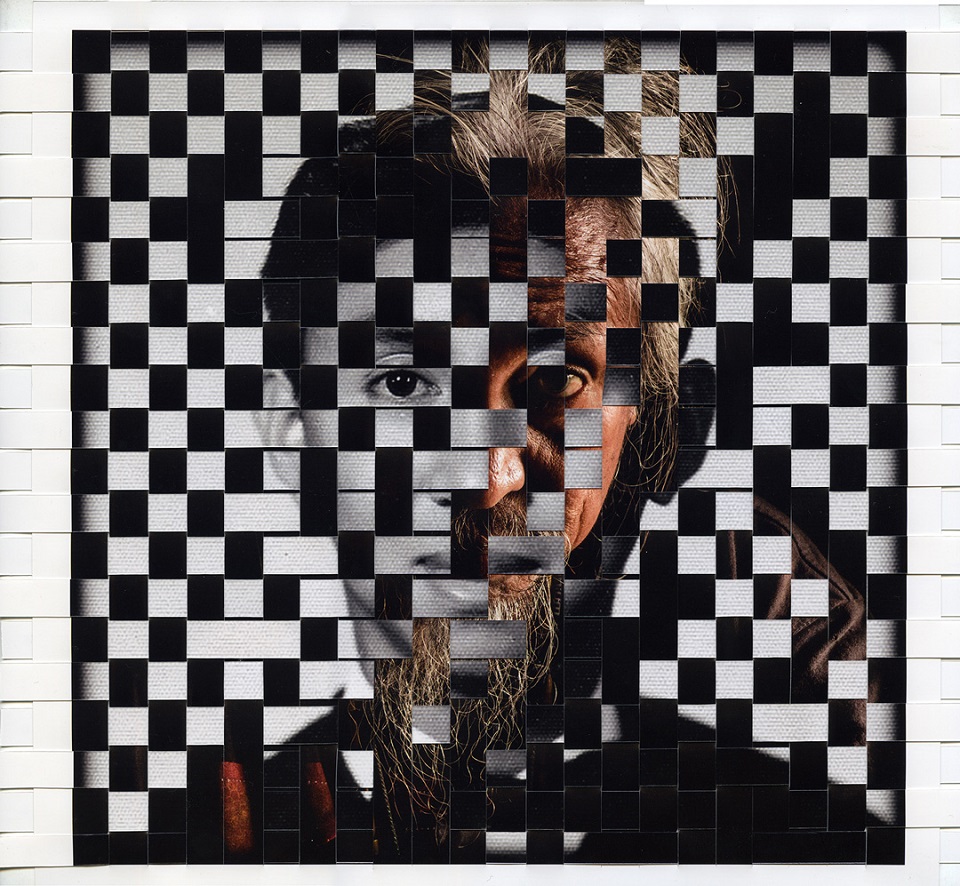
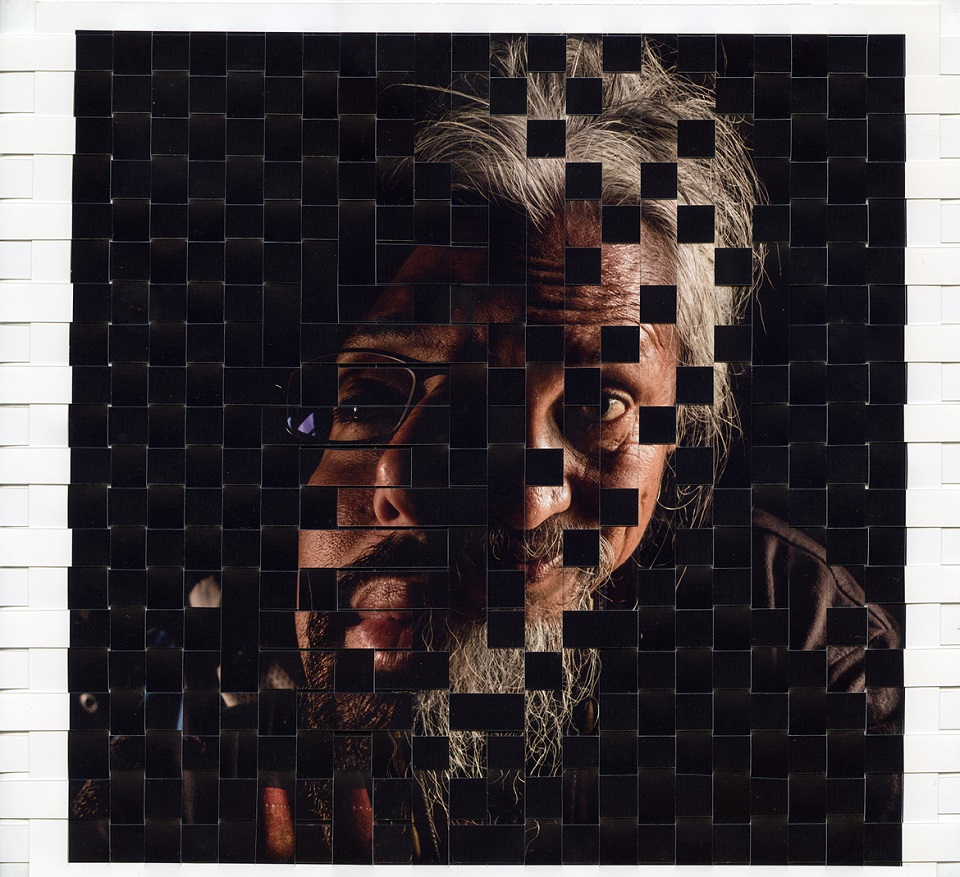
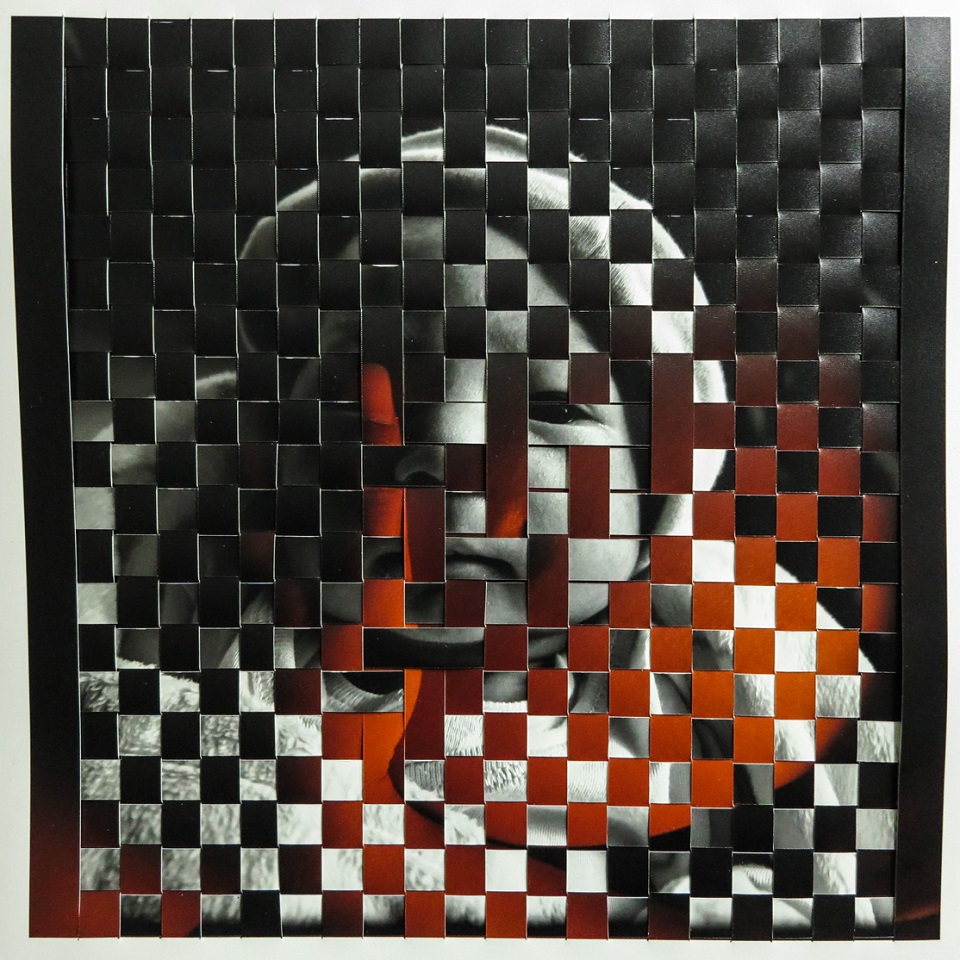
Photos of old trucks, now empty of the farmers and produce they once ferried in agricultural Negros, woven with contrasting greenery, become layered reflections on people, Nature and, once again, time, passing time.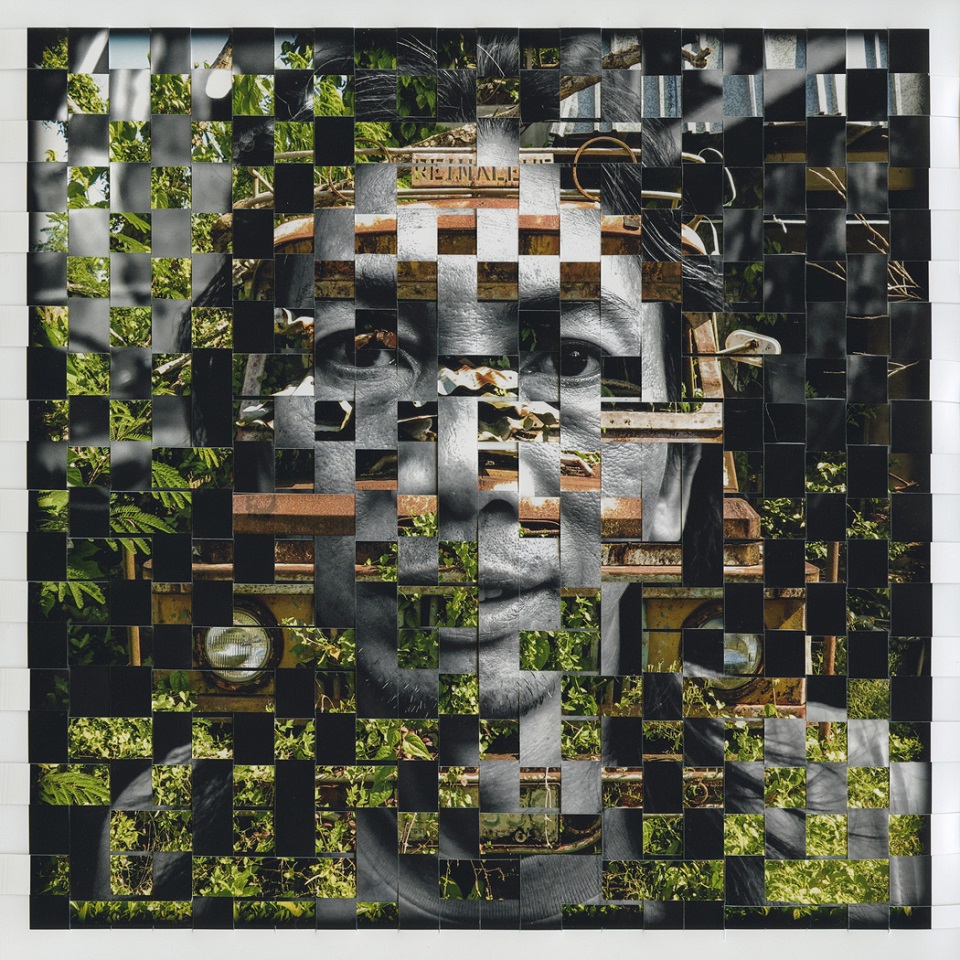
Back and forth from countryside to city, Kidlat was struck by soaring buildings abandoned in construction, dwarfing Nature and the “little people” on the ground. These he turned into silent indictment of the prodigal use of limited natural resources, beautiful natural landscapes included.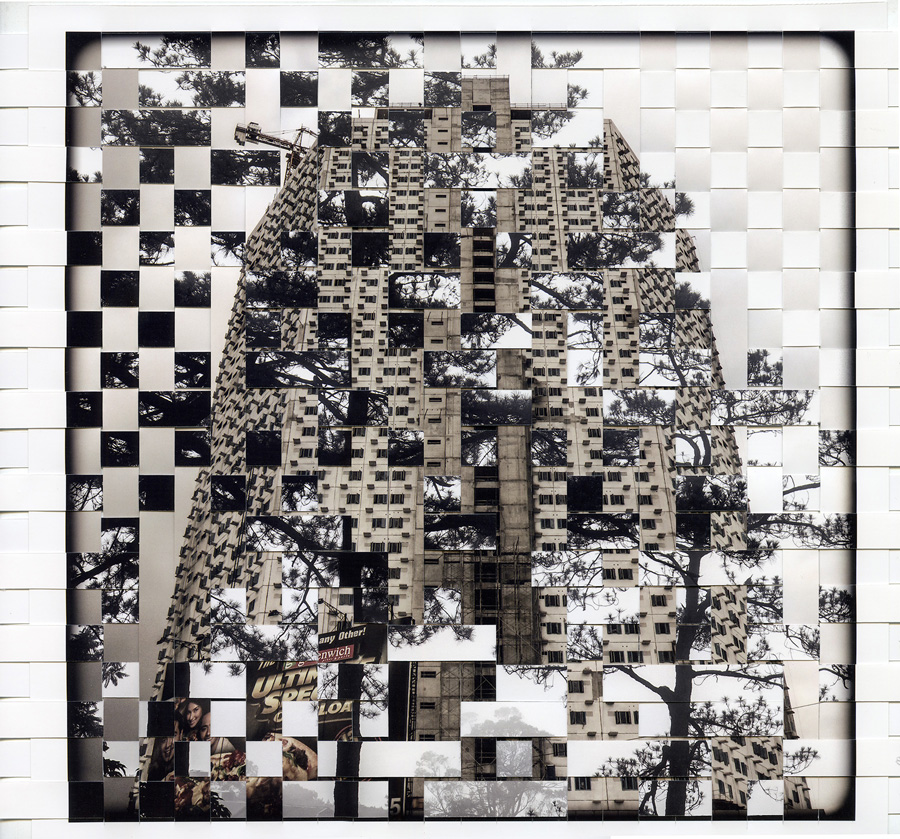
And so these woven photographs become intense reflections on the world of contrasts and multiple contradictions in the Philippines, woven together by quiet power. One wonders what it would be like when Kidlat de Guia breaks away from the straight grids of “Woven into Being” and begins to follow the contours of his subjects into new dimensions of understanding. That’s next, he says. — BM, GMA News
Kidlat de Guia's "Woven Into Being" is on exhibit at Galleria Duemila (831-9990 or 833-9815) until the end of the month.
Photos courtesy of Kidlat de Guia.



